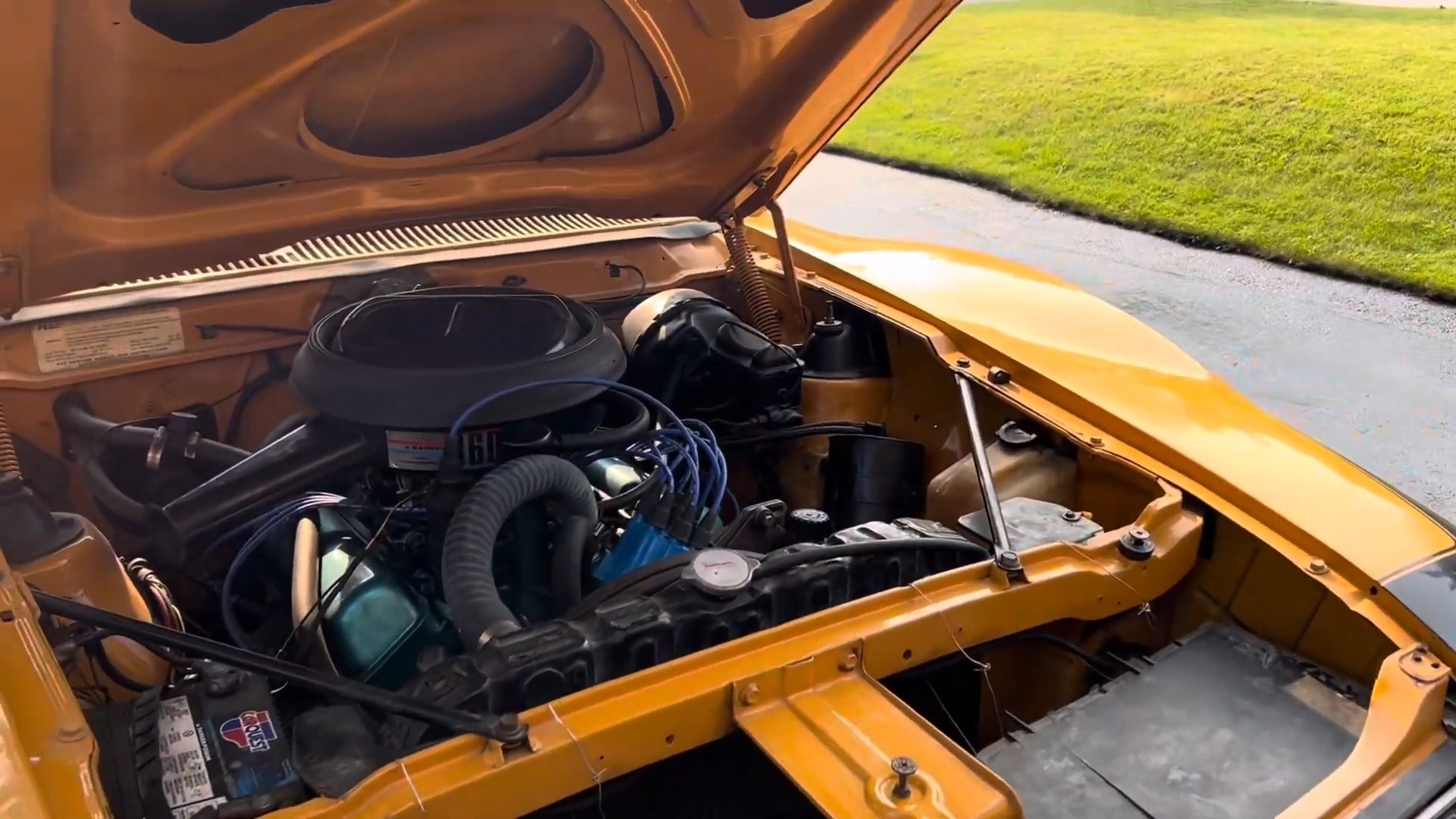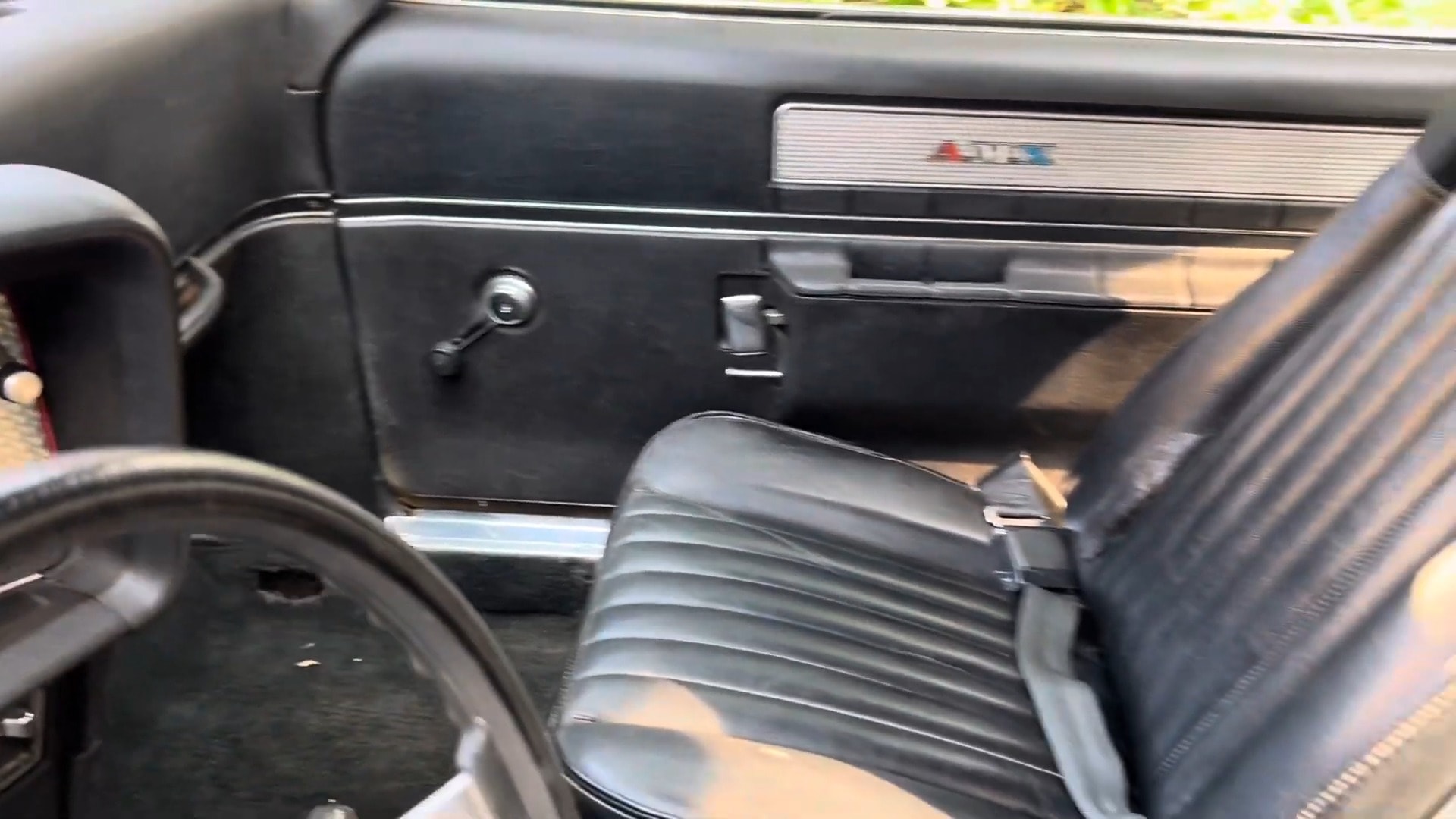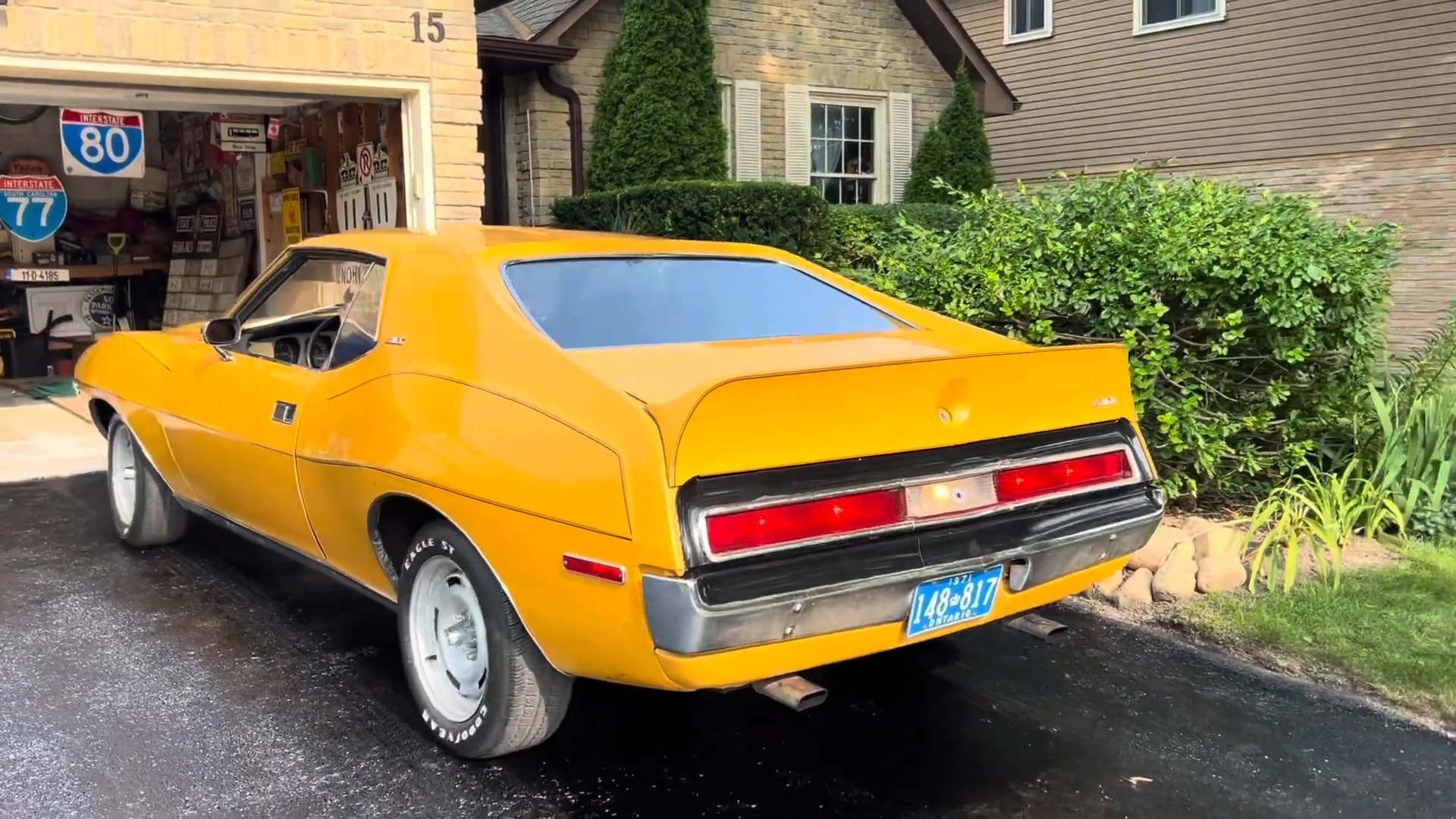The American Motors Corporation, a relatively small carmaker, managed to make a significant impact on the American automotive world in the late 1960s and early 1970s. While the Big Three of Ford, General Motors, and Chrysler dominated the market, AMC dared to challenge their supremacy with high-performance models like the AMX and Javelin.
The Javelin, in particular, gained notoriety in the Trans Am racing series, with Mark Donohue securing back-to-back championships in 1971 and 1972. This success helped to establish the Javelin as a serious alternative to the popular pony cars of the era, such as the Mustang, Firebird, Camaro, Barracuda, and Challenger.

The AMX, a two-door sports car introduced in 1968, was AMC’s attempt to rival the Chevrolet Corvette. Despite offering a lower price point, the AMX never achieved the same level of popularity as the Corvette. In 1971, the AMX was discontinued as a separate model and became a performance variant of the Javelin.
Even with limited production numbers, the Javelin AMX remains a significant part of AMC’s legacy. Its success in racing and its unique design helped to solidify AMC’s position as a challenger to the Big Three. This particular vehicle was part of a limited production run of 2,044 units assembled in 1971. Equipped with a powerful 360 V8 engine, it offers a thrilling driving experience.
The car’s original owner, a WWII Canadian Navy veteran, purchased it in 1971, trading in his 1964 Pontiac Strato Chief. Despite its impressive performance, the veteran used the Javelin sparingly over the years, primarily for commuting and occasional outings. One of the most intriguing aspects of this particular Javelin AMX is its unique ownership history.
Inside, the Javelin’s original radio continues to function flawlessly, and the engine performs admirably. The car is equipped with a comfortable three-speed automatic transmission, a departure from the four-speed manual found in some Javelin models. The owner has carefully documented the car’s history, including service records and the original rebate note from October 15, 1971.
Despite its age, the Javelin still exhibits a few minor imperfections. These include some rust chips on the windshield and rear window trim, a dent on the roof, and a few surface scratches on the paint. Additionally, the headliner is beginning to sag, and the driver’s bucket seat shows some seam tear. These minor flaws, however, do not detract significantly from the car’s value.

The owner has a deep emotional connection to the Javelin, having known it for his entire life. He has cherished the car as a symbol of his family’s history and a testament to the enduring quality of American muscle cars.
However, he has made the difficult decision to pass the car on to a new owner. He hopes that the future owner will cherish the Javelin as much as he has and continue to preserve its legacy. The Javelin is more than just a car; it is a piece of automotive history. Its timeless design, exceptional condition, and rich history make it a truly special vehicle.
The owner’s decision to pass the car on to a new generation is a testament to his love for the Javelin and his desire to ensure that its legacy lives on. As the Javelin heads into its sixth decade, it remains a symbol of American automotive excellence and a testament to the enduring appeal of classic cars.

